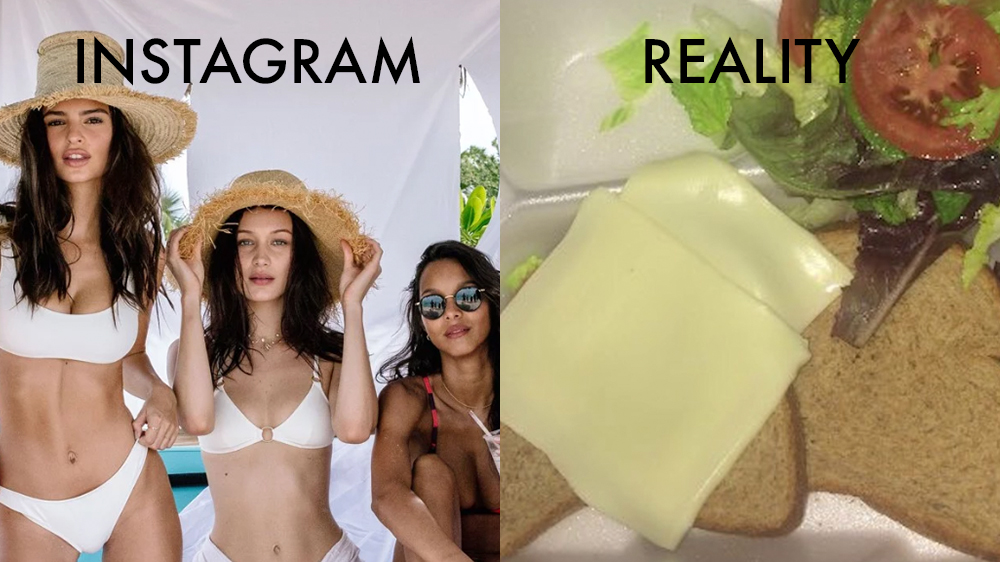When ‘Instagram vs reality’ comes to life: The power of influencer marketing
Netflix’s Fyre Festival documentary has revealed the true power of influencer marketing – but at what cost? Brisbane-based consultant Orla Kelly lays out the facts.
Netflix recently re-opened some old wounds for Fyre Festival organisers Billy McFarland and Ja- Rule with its documentary, Fyre: the greatest party that never happened. Festival ticket-holders were promised a three-day party on a private beach on the island of Exuma in the Bahamas, an immersive music festival, a host of celebrity guests in attendance, white sand beaches, private luxury beach houses, gourmet food and a VIP experience.
What did they get when they arrived on the island? Tents that resembled disaster relief accommodation, hours waiting at Miami airport, collecting their luggage from a shipping container, no entertainment, poorly-constructed cheese sandwiches, and worst of all for the rich kids of Instagram: Kendall Jenner was nowhere to be seen.



I think you are confusing the power of influencer marketing, and pure fraud.
I’ve been snared by this before. There was an event claiming a Disney Soiree in Melbourne. This could be best summarised as just a dress up party for $90/pp (more if you booked late) There was a good 200 or so I’m sure who turned up. Soiree sounded fancy, but reality was not so much. I sensed the organisers ended with more profits over throwing the best party they could.
I might be jaded by the numerous technical sound issues, or shortened Disney themed entertainment. As half way they stopped all that and just had a DJ play 80-90s karaoke hits. Most of the money I sensed were towards the alcohol and catering. Not the main selling point : Disney.
But the way they marketed it, had both my wife (the Disney buff) and I hook line and sinkered.